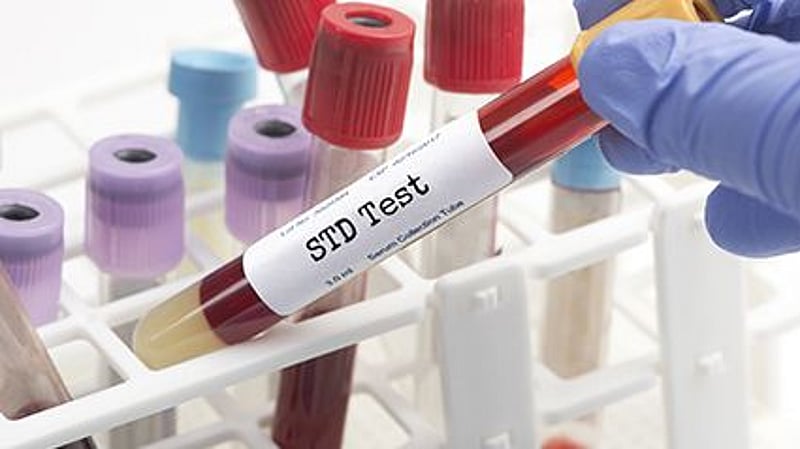Get Healthy!

- Posted April 12, 2022
U.S. STD Cases Spiked During Pandemic
Even as the COVID-19 pandemic kept people isolated at home, sexually transmitted disease (STDs) cases increased across the United States.
Although cases fell in the pandemic's early months, infections rose again by the end of 2020, with gonorrhea, syphilis and congenital syphilis surpassing 2019 levels, according to a new U.S. Centers for Disease Control and Prevention report.
"STDs have been increasing now for maybe seven years in a row," said Dr. Leandro Mena, director of the CDC's Division of STD Prevention.
"These increases have roots in a decrease in funding public health, which has affected health departments' ability to provide screening, treatment, prevention and partner services," he added.
Increased substance use, which is linked to social practices and socioeconomic conditions making it difficult to access services, also plays a role, Mena said.
The new 2020 STD Surveillance Report, released April 12, found that at the end of 2020:
- Cases of gonorrhea and primary and secondary syphilis rose 10% and 7%, respectively, compared with 2019.
- Syphilis among newborns, called congenital syphilis, also rose by nearly 15% from 2019, and 235% from 2016. Primary and secondary syphilis and congenital syphilis cases continued to rise in 2021.
- Cases of chlamydia dropped by 13% from 2019.
Chlamydia accounts for the largest proportion of reported STDs. Researchers suspect the reported drop in cases owes to reduced STD screening and underdiagnosis during the pandemic, and not a true reduction in new infections. The decline in reported chlamydia cases contributed to a drop in the number of reported STDs in 2020 -- from 2.5 million cases in 2019 to 2.4 million in 2020.
The researchers cited several factors contributing to the decline in STD cases in the first part of 2020, including:
- Less screening.
- Public health workers sidelined to work on COVID-19.
- Shortages of STD tests and lab supplies.
- Lapses in health insurance caused by unemployment.
- A surge in telemedicine that resulted in less frequent screening and left some infections unreported.
The highest rates of new STIs were seen among gay and bisexual men and teens, the CDC reported.
"Over 50% of all STDs are reported among people who are younger than 24 years old," Mena said.
Combating the rising STD rate will take efforts by several groups, including local health departments, he said.
"Community-based organizations are uniquely situated to respond to emerging STD trends and can play a critical role in empowering individuals to prioritize their sexual health," Mena said. "Health care providers can play a role in removing stigma, by integrating STD prevention and social health into the routine practices and creating welcoming environments for all people."
The most important step people can take, Mena said, is to get tested annually for STDs, especially if you are a sexually active teen or engage in risky sex with multiple partners.
Dr. David Rosenthal, medical director of the Center for Young Adult, Adolescent and Pediatric HIV at Cohen Children's Medical Center in Great Neck, N.Y., said his practice is familiar with the uptick in STD infections.
"Without a doubt, we're seeing a clinical increase in all of them," he said. "Once we got through 2020 or mid-2021 is when we started seeing an increase clinically, at least in my experience."
More people are coming in for STD testing, Rosenthal said.
"It's important that we continue to do what we can to proactively identify new STDs and make sure that we can identify them before they spread to other individuals and also to make sure that we can prevent STIs whenever possible, and prevent HIV transmission," he said.
The best way to prevent STDs is through barrier methods -- condoms or female condoms work best, Rosenthal said.
"The second piece is that we need to really routinize the testing of individuals, especially adolescents, to make sure we screened for STDs," he said.
More information
To learn more about sexually transmitted infections, visit the U.S. Centers for Disease Control and Prevention.
SOURCES: Leandro Mena, MD, MPH, director, Division of STD Prevention, U.S. Centers for Disease Control and Prevention; David Rosenthal, DO, PhD, medical director, Center for Young Adult, Adolescent and Pediatric HIV, Cohen Children's Medical Center, Great Neck, N.Y.; CDC report: Sexually Transmitted Disease (STD) Surveillance, 2020, April 12, 2022






